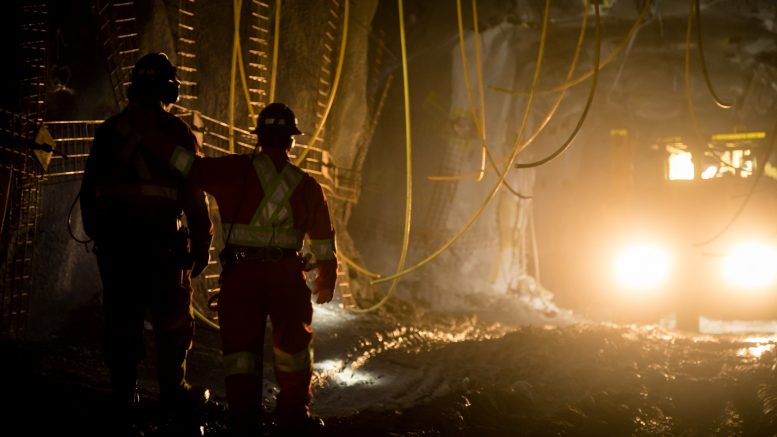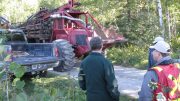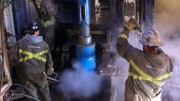In early 2017, Stornoway Diamond (TSX: SWY) achieved commercial production at its 100% owned Renard diamond mine in Quebec. The junior had a lot to celebrate. It had done the hard work of advancing a diamond mine by itself – one of few juniors to do so. It had overcome untold obstacles – including the infrastructure challenges that come with a remote site, a terrible financing environment in which it managed to raise $944 million, and a volatile diamond market.
But the challenges have never stopped coming for Stornoway.
Problems with diamond breakage in the processing plant made it necessary to invest $22 million in an ore sorting circuit in 2017. Transitioning to underground mining, which is more expensive and challenging than open pit mining, early in the mine life wasn’t easy either. And an oversupply in the market of smaller diamonds (less than 1 carat), which make up two-thirds of Renard’s production, led to considerably weaker prices in the second half of 2018.
Late last year, Stornoway had to complete $129 million in financing arrangements (consisting mostly of deferred loan payments and amendments to streaming agreements) to shore up its balance sheet. And rather than achieving free cash flow in 2019 as planned, early this year it announced it was initiating a $20-million cost-cutting program to deal with liquidity issues and launching a strategic review to consider its options. Those options include debt restructuring and/or additional financing.
The company’s stock price has sunk from around $1 at the beginning of 2017 to 4¢ at press time.
Simply put: “The challenge for the company remains realized diamond prices, which continue to lag pre-production expectations,” said BMO Capital Markets mining analyst Ed Sterck in a May 13 note.
On a conference call, Stornoway’s CFO Dino Rambidis said that while prices stabilized in the first quarter, they have not fully recovered from a 13% dip last year.
In the first quarter, the company received an average price of US$83 per carat compared to US$77 in the fourth quarter of 2018 and US$94 per carat in the first quarter of 2018.
The company reported a net loss of $48.4 million for the period, up from a net loss of $11 million in the same quarter of 2018.
In light of depressed prices, the company’s focus is its balance sheet. The company’s cash balance fell to $29.5 million by the end of the first quarter, down $6 million, leading to its cost reduction initiative.
“We estimate that Stornoway will remain free cash flow negative and run out of cash by end 2019 if it makes no cost savings, end of Q1/20 if it makes C$10 million of savings and end Q2/20 if it makes C$20 million of savings,” Sterck wrote.
“There is not a huge amount of time under any scenario and Stornoway will still need to refinance approximately C$44 million of debt due in June 2020. We expect the company to need to engage again with its various stakeholders around creating a sustainable structure reflective of realized diamond prices and production costs.”
Paul Zimnisky, an independent analyst, says it’s clear at this point that the project is not a profitable operation at current market prices.
“The best case scenario is they come up with some kind of restructuring package and keep the mine operational for a couple more years and hopefully the supply/demand fundamentals will be supportive of prices and they can get back to that level of profitability and work from there,” Zimnisky says.
The fact that provincial government entities, such as the Caisse de dépôt et placement du Québec (CDPQ) pension fund are big financial backers of the mine, could help its survival chances.
“At this point I can see it going either way. I can see the government supporting it to try to keep the people employed, hoping that those global supply figures will come in in the next three years,” Zimnisky says. “That should be supportive of prices if we get demand to hang in there.”
Although Stornoway’s production mostly consists of smaller diamonds, it did recover a 189-carat stone of relatively low quality last year, as well as a 37-carat high-value Type IIa stone that sold for US$1.3 million.
While the company missed production expectations for the first quarter because of cold weather related mechanical issues at the plant, Stornoway expects to make up the shortfall during the remainder of the year and has the plant running at or above capacity.
–This article originally appeared in the June 2019 issue of Diamonds in Canada magazine.





Be the first to comment on "Stornoway stock sinks on liquidity issues"